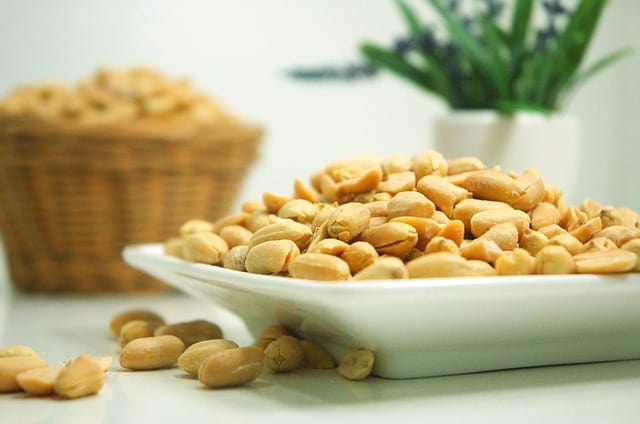
Laurie writes:
“In the last year I’ve changed my diet and added back good fats like avocado, nuts and seeds (which I used to avoid due to fear of fat). I also started making kefir and yogurt. I feel SO much better. However, the added calories have slowly added pounds. So my question is….How do we fit in all the healthy foods we need to be eating and still limit calories?”
You’re not the first to have this dilemma, Laurie! Nuts, seeds, and avocados are all healthy foods but it is possible to get too much of a good thing.
Too much of a good thing?
Foods that are high in fat are no longer the enemy. But they still pack a lot of healthy calories into a relatively small space. You can crunch your way through a large bowl of raw vegetables without consuming more than a couple dozen calories. Try that with a bowl of nuts, and you can take in several hundred calories in just a few bites!
When enjoying healthy but calorie-dense foods like these, it’s important to keep an eye on portion size. A serving of nuts or seeds is only a small handful. A serving of avocado is about 1/3 to 1/2 of a fruit.
The good news is that even a modest serving will have some staying power because the healthy fats in these foods keeps you from getting hungry again. My favorite trick is to combine healthy low-calorie foods like raw vegetables (which fill your stomach for fewer calories) with healthy high-calorie foods like nuts or avocados (which keep you satisfied for longer.)
Pick and Choose
You also don’t need to eat every healthy food every day. Nuts, seeds, and avocados all fill a similar dietary role: they’re all good sources of healthy fats and fiber. No need to eat all three every day. Similarly, yogurt and kefir are both sources of calcium, protein, and probiotic bacteria. Try making kefir one week and yogurt the next.
It’s also nice to enjoy some variety with whole grains, and there are SO many to choose from. But you don’t need to eat a different grain every day. I usually have two or three on hand at any given time. When I run out of one, I replace it with something different.
Right now, for example, I have black rice, farro, and sorghum in the cupboard. When I run out of one of these, I might replace it with red rice or quinoa. This way, I don’t end up with a dozen different bags of grain, all gathering dust in the cupboard. Another option is to buy your grains in bulk so that you can purchase just what you need for a special recipe without having a whole bunch left over.
Beware the health halo
Speaking of recipes, don’t be so dazzled by a few healthy ingredients that you miss the larger picture. Just because something contains whole grains, nuts, seeds, and other healthy ingredients doesn’t cancel out the effect of sugar, oil, and other calories. A muffin made with whole wheat flour, dried fruit and chia seeds may still be a 500-calorie sugar bomb.
Don’t just add, subtract
Finally, instead of just adding healthy foods to your diet, consider what less healthy foods they can replace. The avocado on your salad could be instead of the croutons, rather than in addition to them. A handful of nuts might replace your usual snack of cheese and crackers, not be added to it.
With a little fine tuning to your approach, you can continue to get the benefits of eating healthier without unwanted weight gain.
